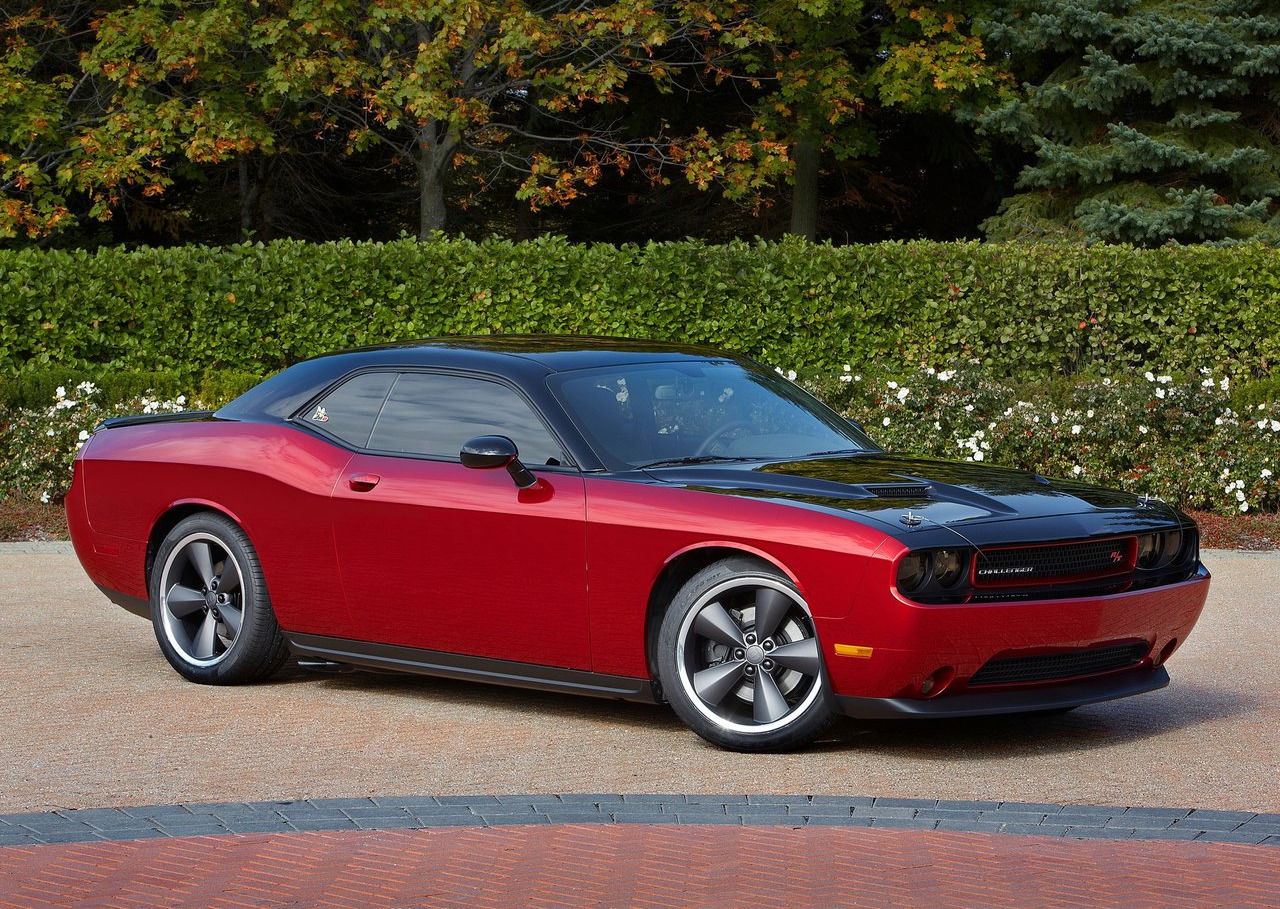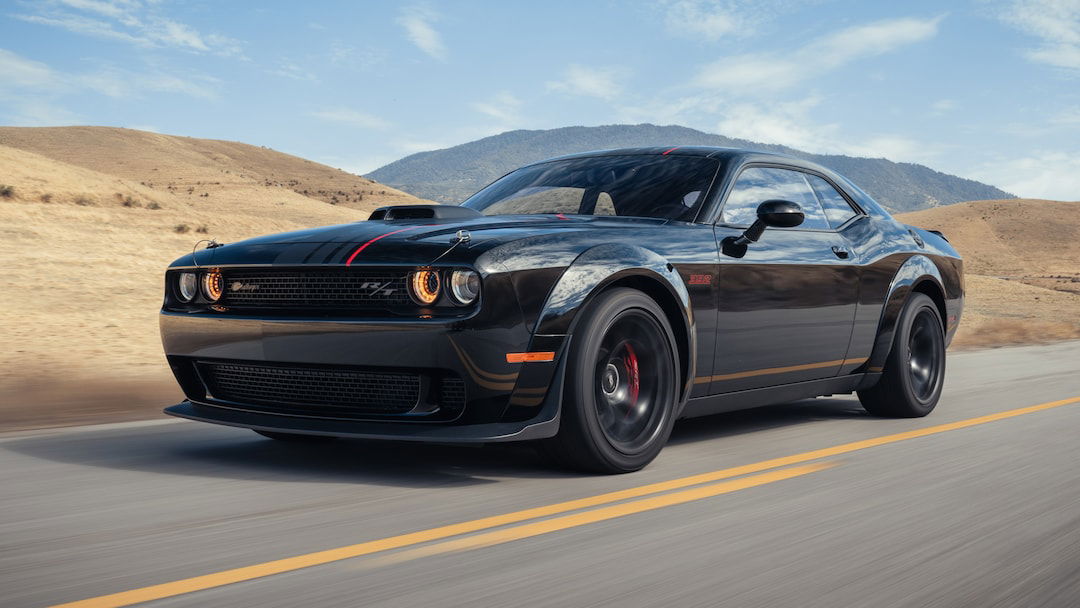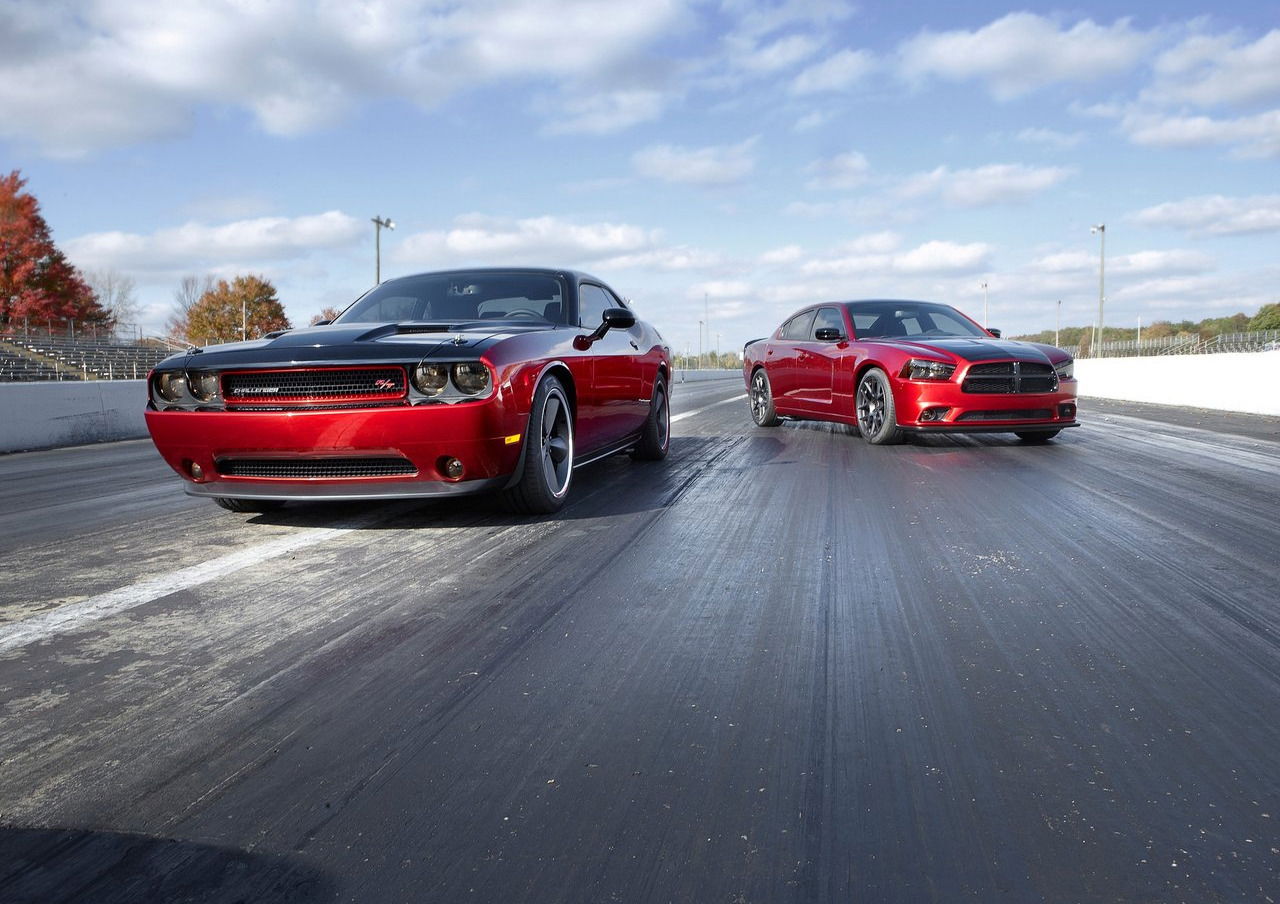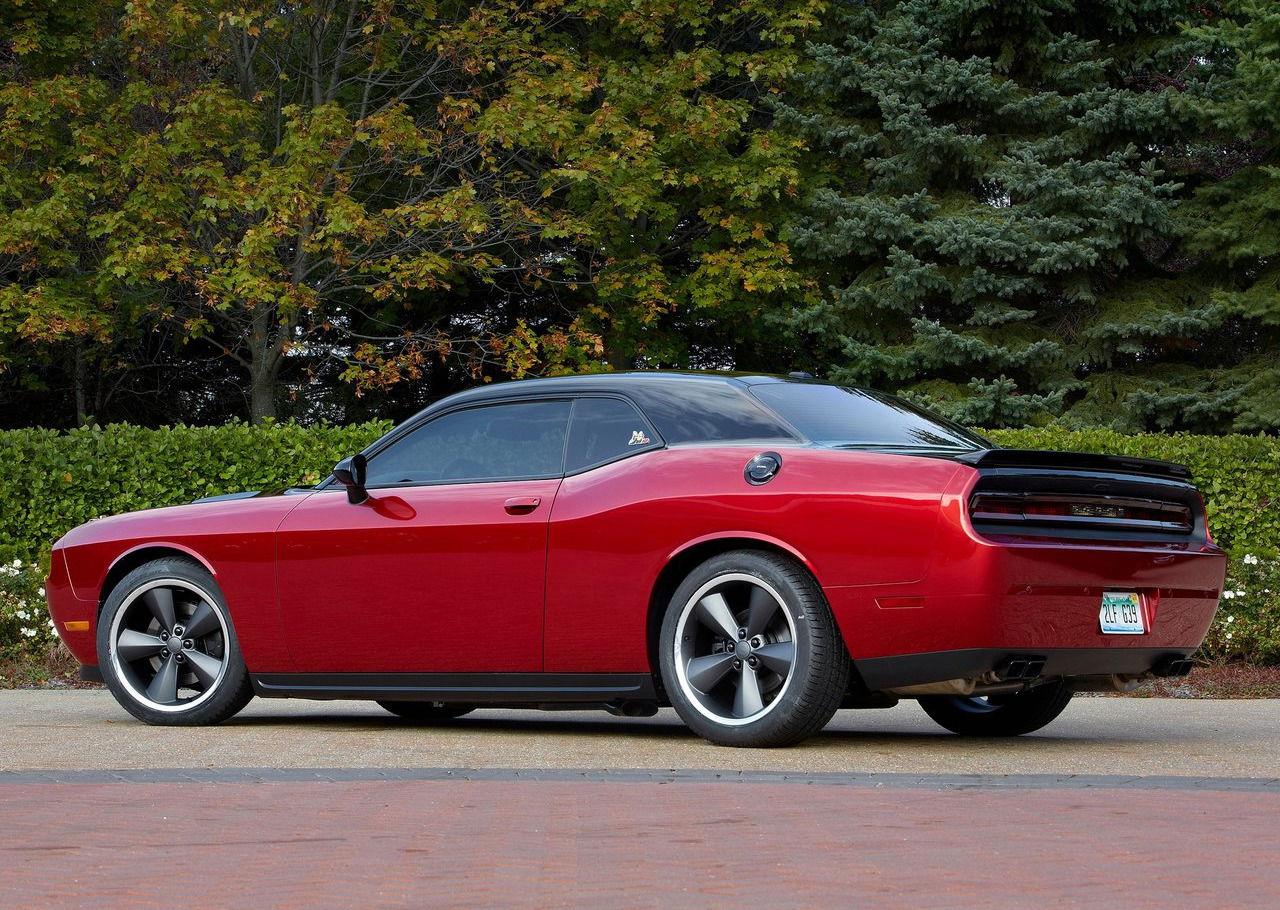The Dodge Challenger Scat Pack often dominate conversations about the most iconic American muscle cars. Known for its raw power and classic design, the Challenger Scat Pack is a true embodiment of speed and performance.
It rockets from 0 to 60 mph in a blistering 4.1 seconds, powered by a 485-hp 6.4L HEMI V8 and torque-rich 475 lb-ft. With a rear-wheel-drive setup and 4-piston Brembo brakes, this modern muscle car outpaces rivals like the Mustang GT (4.3s) and Camaro SS (4.0s).
Now, let’s explore everything you need to know about the Dodge Challenger Scat Pack's 0-60 mph performance, comparing it with its Hellcat siblings and other contenders in the muscle car arena.
See also:
15 Of The Quickest Performance Sedans On The Market Today That Can Hit 0–60 In 3 Seconds
What Is The Dodge Challenger Scat Pack?

The Dodge Challenger Scat Pack is a high-performance muscle car trim bridging the gap between the R/T and Hellcat. Introduced in 2015, it revived the classic 1960s performance badge, featuring Brembo brakes, a sport-tuned suspension, aggressive styling, and– most notably– a 6.4L Apache V8 (not a detuned Hellcat engine) shared with the Charger Pursuit police car.
Dodge engineers tweaked its ZF 8HP70 transmission for quicker shifts, while its 3.07 rear axle ratio prioritized acceleration over top speed—unlike the Hellcat’s taller gearing.
Engine And Performance

The Scat Pack’s 6.4L Apache HEMI V8 (not a destroked 6.2L Hellcat) features a forged steel crankshaft, hyper eutectic pistons, and variable cam timing—unlike the Hellcat’s supercharged fixed-cam design. Its high-flow cylinder heads share ports with the 392ci NASCAR engine, while the dual-stage oil pump ensures pressure during hard launches.
The ZF 8HP70 transmission uses a modified torque converter for quicker lockup, and the 3.07 rear gear (vs. Hellcat’s 2.62) exploits mid-range torque. Ultimately, the Scat Pack’s engine is a true NA muscle masterpiece delivering a governed top speed of 175 mph—though some owners report breaking 180+ mph with the limiter removed.
This engine’s forged rotating assembly and high-temp piston-cooling jets allow sustained high-RPM abuse, while the dual-stage oil pump prevents starvation during hard cornering. Unlike the Hellcat, the naturally aspirated Apache motor avoids heat soak, making it more consistent on track.
The Brembo 4-piston brakes (14.2" front rotors) withstand repeated punishment, though the rear axle’s 3.07 ratio prioritizes acceleration over top-end efficiency.
Dodge Challenger Scat Pack 0-60 Performance

Challenger R/T Scat Pack Shakedown.
One of the most talked-about aspects of the Dodge Challenger Scat Pack is its 0-60 mph time. At Dodge’s Chelsea Proving Grounds in 2014, engineers clocked the Scat Pack’s 0-60 mph in 4.1 sec and a 12.4-sec quarter-mile @ 113 mph—faster than period rivals.
Key to its launch was the aforementioned modified ZF 8HP70 transmission with aggressive torque converter lockup and a 3.07 rear axle, tested extensively on Michigan’s Gingerman Raceway. Real-world tests often hit 3.9 sec 0-60 on prepped surfaces.
How Does It Compare To The Hellcat?
While the Hellcat dominates headlines with 707 hp and forced induction, the Scat Pack’s naturally aspirated 6.4L HEMI offers purist advantages: no heat soak, linear power delivery, and 9% less curb weight.
The Hellcat’s 2.62 rear gear prioritizes top-end charge, while the Scat Pack’s 3.07 ratio delivers sharper off-the-line response—proven by near-identical 0-60 times (4.1s vs 3.8s) despite a 222hp deficit.
Track testing at M1 Concourse revealed the Scat Pack’s Brembos fade 18% later under repeated hard stops versus the Hellcat’s heavier chassis. The Scat is a driver’s muscle car, pure and simple.
Comparing With Other Muscle Cars

The Dodge Challenger Scat Pack doesn't just compete with its Hellcat siblings; it also holds its ground against other muscle cars in the market. Let's take a look at how it stacks up against some of its main competitors.
Mustang GT (5.0L Coyote)
- Scat Pack’s 6.4L HEMI delivers +35 lb-ft torque under 4,000 RPM, yielding harder launches despite the Mustang’s 10-speed’s quicker shifts.
- 12.4s @ 113 mph quarter-mile edges the GT’s 12.7s @ 111 mph, but the Mustang’s 300-lb weight advantage shines on road courses.
Camaro SS (LT1)
- Camaro’s 1LE suspension outhandles the Scat Pack, but Dodge’s longer wheelbase and adaptive damping deliver superior high-speed stability.
- Scat Pack’s 3.07 rear gear closes the gap against the SS’s 4.3s 0-60 (vs 4.1s).
Charger Scat Pack (Same Drivetrain)
- Identical powertrain, but the Challenger’s shorter overhangs and 2% stiffer chassis yield 0.1s quicker 0-60.
Shelby GT350
- The Shelby’s flat-plane V8 revs to 8,250 RPM, but the Scat Pack’s low-end grunt dominates street-light drags.
See also:
A Nostalgic Look Back At The 1970 Dodge Charger RT And How Much It’s Worth Today
Beyond 0-60: What Else To Consider

While 0-60 mph times are a popular benchmark for performance, there are other factors to consider when evaluating a car like the Dodge Challenger Scat Pack.
Naturally Aspirated Rarity
Gearheads obsess over the Scat Pack’s naturally aspirated purity—a dying breed in the turbo/supercharged era. Enthusiasts geek out on its forged crankshaft (another rarity in NA engines) and hyper eutectic pistons that tolerate detonation better than the Hellcat’s forged units.
The dual-stage oil pump—with a high-pressure mode for track use—gets more forum threads than horsepower figures.
Cold-Start Drama
Then there’s the active exhaust’s “cold start” ritual, where the 6.4L HEMI barks to life with a backfire-rich 2,500 RPM flare—a programmed quirk deleted in later models. The ZF 8HP70’s “hidden” line pressure tweaks (shared with the Durango SRT) enable clutch-based rev-matching without paddle shifters.
Locked Control Module
Purists also love the unlocked PCM (powertrain control module), allowing tuners to bypass torque management—something locked-down Hellcats can’t do without a piggyback. And the differential cooler delete (vs. Hellcat) becomes a badge of honor—proof this brute was built for street brawls, not babysat lap times.
The Dodge Challenger Scat Pack Experience

Driving the Dodge Challenger Scat Pack is an exhilarating experience that combines classic muscle car heritage with modern technology. The roar of the V8 engine, the thrill of acceleration, and the commanding presence on the road make it a standout choice for enthusiasts and casual drivers.
Why Get A Scat Pack?
Choosing the Dodge Challenger Scat Pack means opting for a well-rounded muscle car that delivers impressive performance without the intimidating price tag of the Hellcat models. Its blend of power, style, and practicality makes it an attractive option for anyone looking to enjoy the best of both worlds.
Rounding Up On The Dodge Challenger Scat Pack 0 60

The Dodge Challenger Scat Pack merges classic muscle brawn with modern engineering, boasting a 4.1-second 0-60 mph time and 12.4-second quarter-mile via its 485-hp 6.4L Apache HEMI V8—featuring a forged crankshaft, hyper eutectic pistons, and NASCAR-derived cylinder heads.
Unlike the supercharged Hellcat, its naturally aspirated design avoids heat soak, while the 3.07 rear gear and tuned ZF 8HP70 transmission optimize launches. Track-tested at Chelsea Proving Grounds, it outruns the Mustang GT and nearly matches the Hellcat’s 0-60 despite a 222-hp deficit.
Gearheads prize its dual-stage oil pump, unlocked PCM for tuning, and theatrical cold-start backfires—quirks stripped from newer models. Against rivals, it trades the Camaro SS’s handling for brute-force stability and the Shelby GT350’s revs for tire-shredding torque.